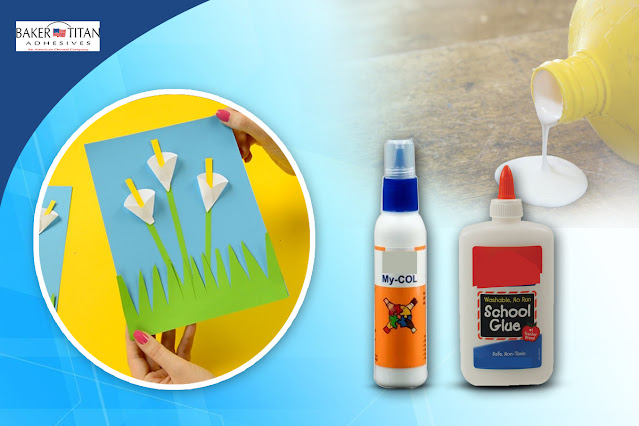In the realm of adhesive technology, two standout players, latex adhesives and laminating adhesives, have become indispensable in various industries due to their versatility and strong bonding capabilities. These adhesives, each with its unique set of properties, contribute significantly to the efficiency and durability of diverse products and materials.
Latex adhesives, derived from natural or synthetic latex, have gained widespread use for their flexibility and strength. One of their key advantages is their ability to bond a variety of surfaces, including paper, fabric, wood, and even certain plastics. Latex adhesives are particularly popular in industries such as packaging, woodworking, and textiles due to their fast-drying nature and exceptional bond strength. Their versatility makes them suitable for both porous and non-porous materials, making them a reliable choice for manufacturers looking for a broad-range adhesive solution.
Laminating adhesives, on the other hand, play a crucial role in combining multiple layers of materials to create composite structures. This adhesive type is commonly used in the production of laminates for flooring, countertops, and flexible packaging. Laminating adhesives offer strong and resilient bonds that withstand stress and environmental factors, making them ideal for applications where durability and longevity are paramount. Additionally, these adhesives come in various formulations, including solvent-based, water-based, and hot melt, allowing manufacturers to choose the most suitable option based on their specific requirements.
Both latex and laminating adhesives share the common trait of providing excellent adhesion, but they serve distinct purposes. While latex adhesives excel in bonding various materials together, laminating adhesives specialize in creating robust composite structures. Industries such as construction, automotive, and electronics benefit from the adhesive synergy of these two types, often employing them in tandem for superior results.
In the ever-evolving landscape of adhesive technology, continuous research and development drive innovations in latex and laminating adhesives. Manufacturers are consistently formulating adhesives that not only offer exceptional bonding properties but also adhere to environmental and safety standards. This commitment to improvement ensures that these adhesives remain at the forefront of modern industrial applications.
In conclusion, the versatility of latex and laminating adhesives makes them indispensable in a wide array of industries. From enhancing the strength of paper-based products to creating durable laminates for various surfaces, these adhesives contribute significantly to the efficiency and quality of countless products we encounter daily. As technology advances, the role of latex and laminating adhesives continues to evolve, promising even more innovative solutions for the diverse needs of modern manufacturing.





